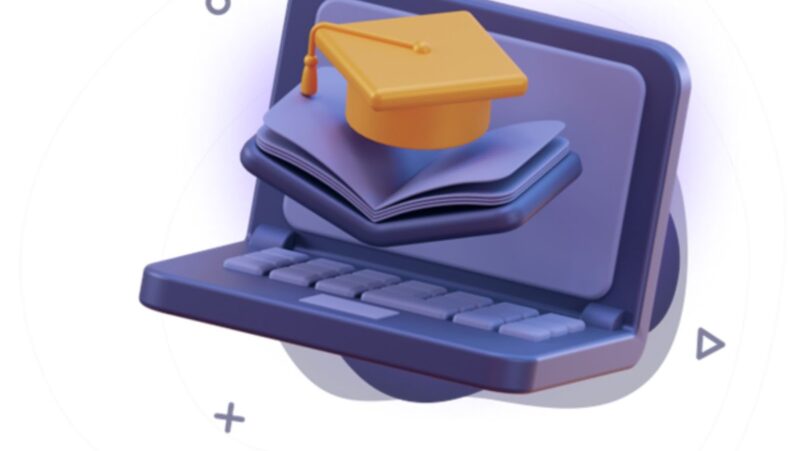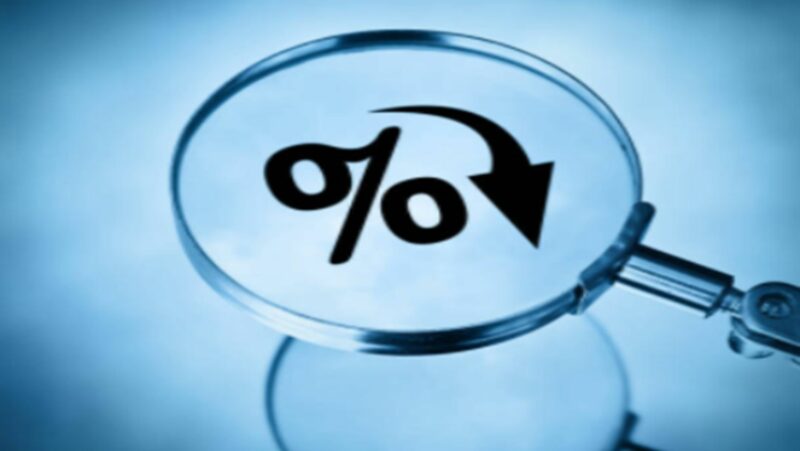
A magnetic strip on a credit card contains millions of tiny iron-based magnetic particles that can be magnetized in either a north or south direction. Each particle is a tiny bar magnet that can hold its magnetic charge.
In order for the information to be read from the strip, the card reader reads the polarity of each magnetic particle from one end of the strip to another.
This information can include the card number, the expiration date, and the security code.
Magnetic Strips on Credit Cards
Magnetic strips on credit cards are a way to store information about the card. This information is used to identify the card and to authorize transactions.
The strip is made up of tiny iron-based magnetic particles that can be magnetized in either a north or south direction.
When the strip is passed through a reader, the reader magnetizes the particles and stores the information.
who invented the magnetic strip on credit cards
The magnetic strip on credit cards was invented by IBM in the 1960s. They originally used the strips to store computer data.
Soon, IBM realized that they could be used to transfer information from one card reader to another and credit cards were born.
The benefits of magnetic strips on credit cards
The biggest benefit of magnetic strips on credit cards is that they make counterfeiting cards much more difficult.
This technology has been instrumental in keeping the bad guys from stealing and cloning your card information and using it without you knowing about it.
Another benefit of magnetic strips on credit cards is that they give people a level of convenience that other payment methods just can’t match. You can use your credit card just about everywhere and the information is always there.
Unless you misplaced your card or someone stole it, you don’t have to worry about misplacing a checkbook or remembering a new PIN number every time you make a purchase.
How to use a magnetic strip card reader
There are a few ways that you can use a magnetic strip card reader. One way is to hold the card reader up to the card as you swipe it through the reader.
Another way is to insert the card into the reader and then swipe it.
Alternatives to magnetic strip cards
There are a few alternatives to magnetic strip cards that offer some advantages over traditional swipe cards. One alternative is chip-and-PIN cards.
These cards have a small chip embedded in the card that stores information about the card. This information is used to authorize transactions.
The chip is read by a card reader and the information is verified against a database. If the information matches, the transaction is authorized.
Another alternative to magnetic strip cards is contactless payment through NFC or RFID. These technologies allow people to use their cards without swiping or inserting them into a reader.
Instead, a person just waves the card near a reader and the transaction is authorized.
Credit cards with magnetic strips
Many credit cards still have a magnetic strip on them. There is debate as to whether or not these should be replaced by newer technologies, such as chip-and-PIN or NFC/RFID cards.
For now, you can still use your old credit card and it will work just fine. The only problem is that if you travel outside the US, you will have to use a different payment method, since many countries are not accepting magnetic strip cards.
Conclusion
Magnetic strip cards are a convenient way to make payments and they offer a level of security that you don’t get with other types of cards.
To use a magnetic strip card reader, hold the reader up to the card as you swipe it through or insert the card into the reader and then swipe it.
If you lose your credit cards or someone steals them, you can cancel the cards quickly and get replacements with minimal hassle.












